

Uh oh...
It appears that you're using a severely outdated version of Safari on Windows. Many features won't work correctly, and functionality can't be guaranteed. Please try viewing this website in Edge, Mozilla, Chrome, or another modern browser. Sorry for any inconvenience this may have caused!
Read More about this safari issue.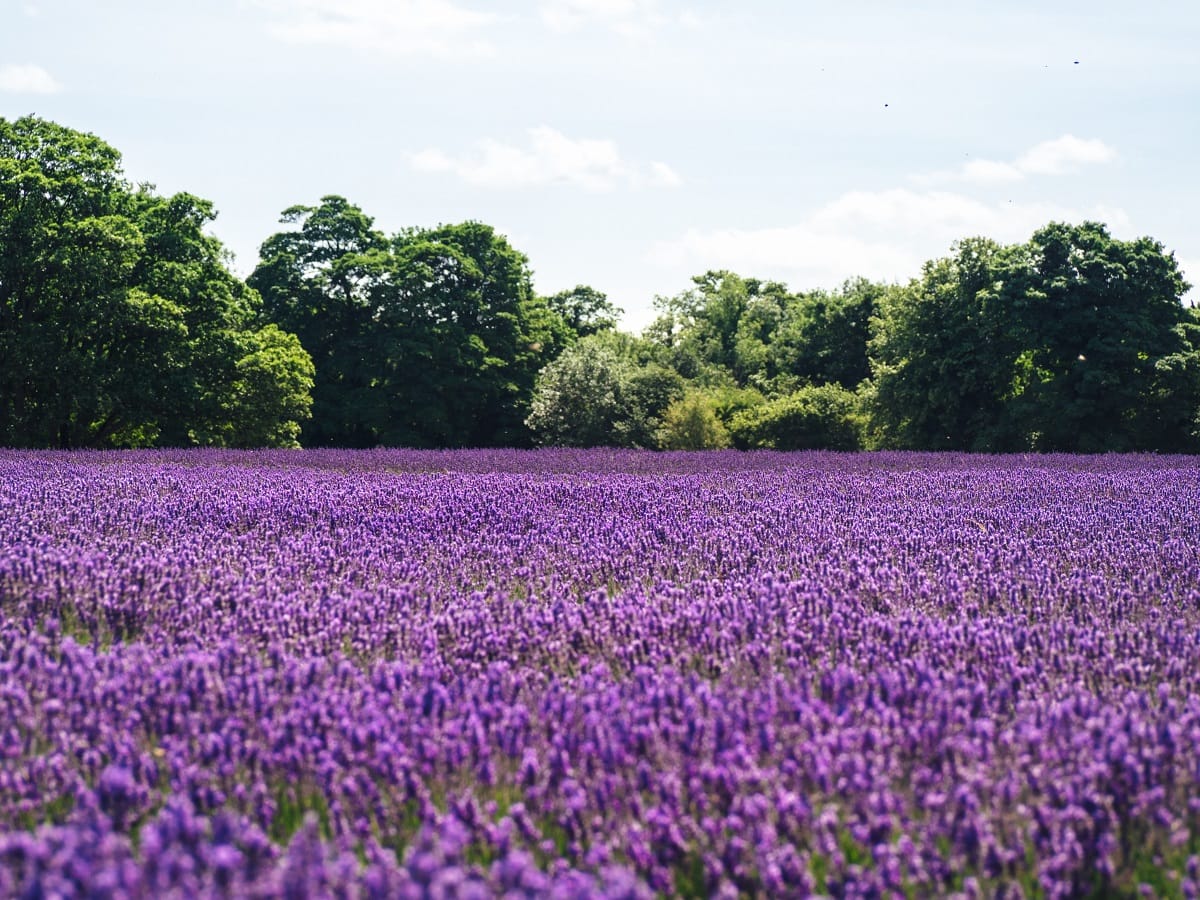

When I was in my early twenties, I lived in an old house in the heart of Searcy. It was white with green trim, huge windows, and high ceilings. It was always my theory that since the house was so much older than the rest of the neighborhood, it might have been a farmhouse enveloped by suburbia. But what I loved most was the field of grape muscari that sprouted in the backyard every spring. There were literally thousands upon thousands of tiny purple flowers, and every spring the lawn became a lavender carpet. I picked hundreds of them, putting them in tiny vases all over the house. The entire experience was magical, and it was the beginning of my love of flowers.
I began researching muscari, finding that once planted and thriving, they are prone to propagation. I gazed over the old farmhouse backyard and realized that I was looking at a purple carpet at least 100 years in the making, a result of spring after spring of tiny muscari spreading across its kingdom. Did the original homeowners intend to create a lavender lawn? That information is lost in history. But whatever was intended, I felt deeply that I was the lucky recipient of a very special yard. I set about to find out all I could about those tiny muscari, and upon researching stumbled into the world of flower legends and meanings.
During Victorian times, ancient legends and modern theories combined into “flower meanings.” In a time of emotional oppression (men and women were not free in “proper” society to share their feelings or burgeoning love with each other), flowers were sometimes used as code. Lovers and friends sent each other flowers to convey messages and affection.
Here in Arkansas, we witness the miracle of spring flowers every year (and luckily, much earlier than most of the country). In this article, we’ll explore these beautiful flowers, their ancient meanings and Victorian symbolism, and how they play a part here in the Natural States.
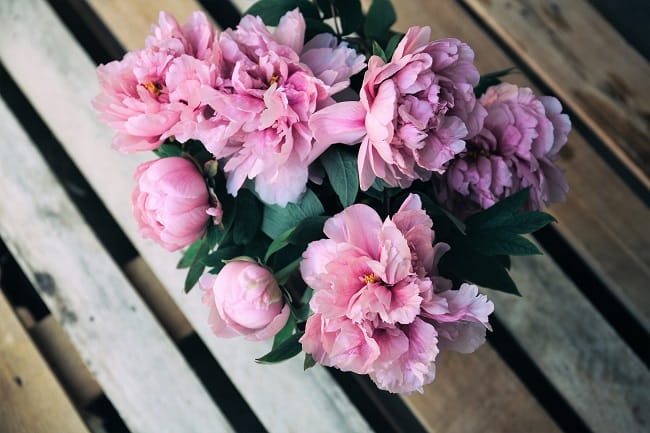
Peonies
These large, lush pink flowers are viewed as omens of good fortune and a happy marriage. Considered the 12th-anniversary flower, these flowers date back to ancient Greek legends. One such tale infers that the peony inherited its name from Paeon, a physician to the gods who received this flower from the mother of Apollo. The soil and climate of northwest Arkansas lend themselves to peony growing. One such peony farm is Lovejoy Farms, where Russel and Amanda Cothren cultivate over 150 varieties of peonies. Amanda’s favorite is the “joker,” a large lush flower of a brighter shade of pink. She kindly informed me that peony bushes need to be planted in the fall (I was intent on planting some this spring), and she also shared, “The thing about peonies is that every year they put on a different show. Of course, the bloom is technically consistent from year to year, but some years different varieties do better because of the weather directly surrounding their bloom.” To discover more about peonies and Lovejoy Farms visit them at https://www.facebook.com/LovejoyFarms/ .

Photo courtesy of Josh Hoehne
Tulips
An elegant flower, their black centers are said to symbolize a lover’s heart in the heat of passion. Yellow tulips represent cheerful thoughts, purple representing loyalty, and white symbolizes forgiveness. These ancient flowers originated in Persia and Turkey, and once they arrived in Europe they were named after the Turkish word for the gauze in turbans. The red tulip symbolism of a “perfect love” is tied back to a legend of a prince named Farhad who was so grief-stricken upon learning that his love was dead, he rode his horse over the edge of a cliff. Here in Arkansas, our tulip ties are a bit less dramatic (but no less lovely). Moss Mountain Farm boasts 8,000 tulip bulbs with cheerful names like Blushing Girl, Princess Irene, and Daydream. Springtime tours enable visitors to see not only the colorful displays of tulips, but also the daily garden inspiration that has become synonymous with Moss Mountain. To discover more visit their website http://pallensmith.com/the-farm/. Garvin Woodland Gardens’ Tulip Extravaganza celebration also heralds the arrival of spring with 130,000 tulips of all varieties. Visitors can stroll through a rainbow ranging from pink, red, orange and variegated. To discover more visit their website https://www.garvangardens.org/.
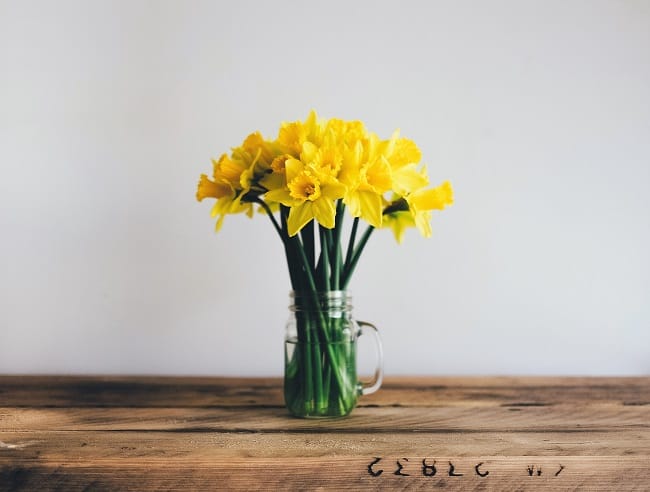
Daffodils
These cheerful yellow flowers symbolize rebirth and new beginnings. In the Victorian era, these would have been good choices to send to your partner after a misunderstanding or falling out. However, when given as a single bloom, it was often thought to symbolize a warning of upcoming misfortune. Also referred to as narcissus, or jonquils, in England they are known as the “Lent Lily.” In Wales, if you are lucky enough to find the first daffodil of the season, it’s said your year will be filled with wealth. Arkansas celebrates this beautiful sunny flower with the Wye Mountain Daffodil Festival every spring. Made possible by the Wye Mountain Methodist Church, visitors pilgrimage every spring to the seven acres of up to 30 different varieties of daffodils. Arts, crafts, snacks, music and bulb sales are all available to visitors. To find out more visit their website at http://wyemountainumc.org/2018/01/22/2018-daffodil-festival/ .

Roses
Perhaps the most famous and beloved of all flowers, the rose has long been associated with deeper meanings. Ancient Greeks associated roses with Aphrodite, goddess of love, and roses were used by Victorians (and generations before them) as symbols for everything from love (red), yellow (friendship), white (innocence), pink (admiration), orange (enthusiasm), to purple (enchantment). Arkansas possesses a rose friendly climate, with Belinda’s Dream and Knock Out roses thriving in Natural State conditions. Gardeners can find advice and information from several Arkansas rose societies (the Central Arkansas Rose Society and the Northwest Arkansas Rose Society). To view gardens filled with more than 1,000 roses, visit the grounds of our state capitol (and be sure not to miss the interior chandeliers crafted by Tiffany’s of New York).
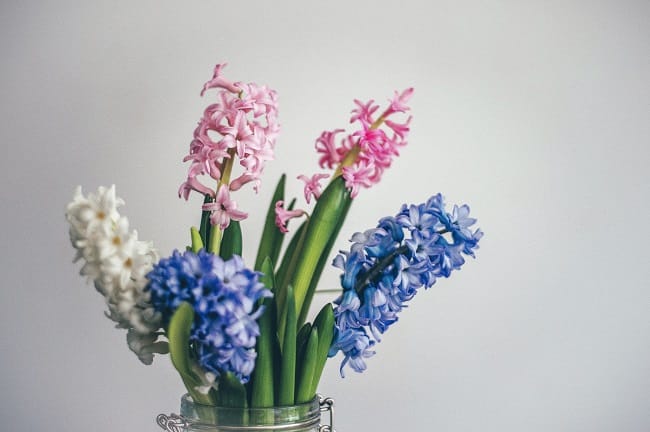
Hyacinths
A flower linked to legends of Apollo, who jealously killed a sports opponent and a hyacinth grew from the bloodshed, this is my favorite of all flowers. A cousin to my beloved muscari grape hyacinths, these are much larger, dramatic versions. Hyacinths are symbols of sports, play, sincerity, and constancy. Victorian football teams might have sent each other hyacinths instead of singing “We are the Champions.” These florets (each “flower” is made up of tinier flowers) grow in shades of blue, purple, pink, white, yellow, and even red. Wild hyacinths thrive in areas of Arkansas, mainly in the northwestern part of the state, in addition to a few in the Grand Prairie area. Generally floppy and twisted, these wild hyacinths can grow a flower stalk up to 2 feet tall. The wild hyacinth bulb was once a food source for Native Americans. They consumed these “sweet” bulbs raw, roasted or dried (although today we know that many varieties of hyacinth are poisonous, so these types of culinary ventures are best left in the past).
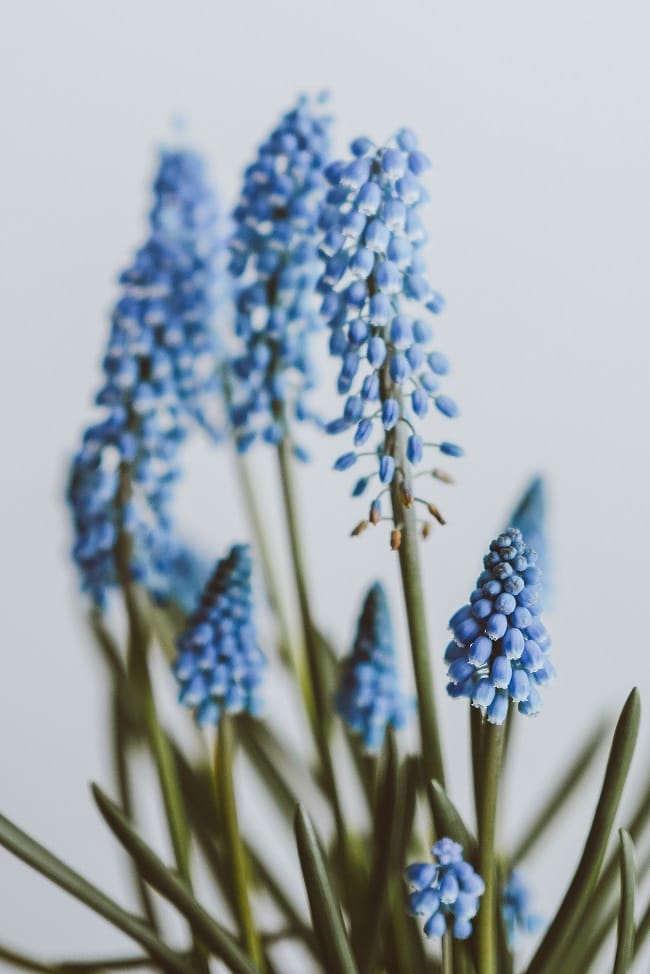
And as for my favorite springtime flower, grape hyacinths, their history can be traced back to writings in 1601, when it was designated as “muscari” (from the Greek word muschos, meaning musk). While they don’t have a specific symbolic Victorian meaning, to me they will always mean “home.” These tiny flowers will always be mentally tied, for me, to my old Searcy rent house. They remind me of evenings spent doing dishes in front of the kitchen window, with the sweet smell of thousands of grape hyacinths wafting through the fading light and into my open window.
They symbolize my home, Arkansas.
We do the work.
You check your email.
Sign up for our weekly e-news.
Get stories sent straight to your inbox!








Like this story? Read more from Liz Harrell
My son has a favorite phrase he uses when faced with repetition. It...
I remember visiting my grandmother on her lunch break. She worked at a...
Every time my dad comes to visit me, he reminds me of how small Conway...
Join the Conversation
Leave a Comment